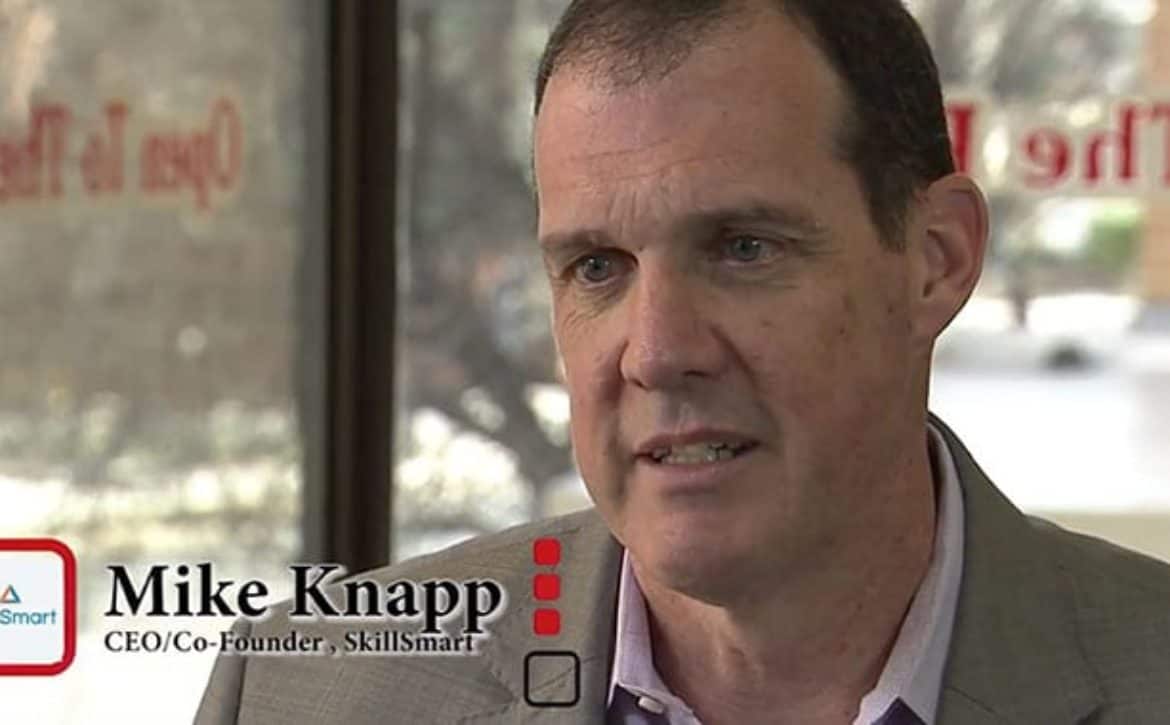States Use Workforce Data to Connect Colleges to Careers
First published by SHRM, October 12, 2017.
A new study highlights how several states are helping students choose what to study depending on the skills local employers say they need.
The report from Georgetown University’s Center on Education and the Workforce (CEW), a nonprofit research and policy institute based in Washington, D.C., outlines ways that data is being translated to help job seekers and employers better understand the connections between the skills available in local talent pools and what students study in college.
“Learners and workers need a modern guidance system with clear and comprehensive consumer information that will help them make good college and career decisions,” said Anthony P. Carnevale, director of the center and the report’s lead author. “Such a system will also help employers frustrated by skills shortages to more precisely identify and hire talented workers, colleges to refresh and strengthen their programs to improve student outcomes, and policymakers to better allocate resources to build strong economies.”
The report features examples of eight states integrating data to:
• Assist schools in developing curricula aligned with the skills and abilities that job seekers will need to succeed with local employers.
• Help workers understand how to take advantage of postsecondary education and training options as they change jobs and navigate their careers.
Applying Data—Quickly
“The challenge is to use local market data that is captured in real time so that students can see the relevance of what they’re doing and employers can see how those skills connect to what they need,” said Mike Knapp, CEO and co-founder of the job placement platform SkillSmart, which connects employers, job seekers and educational partners to help close identified skills gaps. “It is also important for the states to allow school systems to make curriculum modifications based on local market needs, or for the states to be able to aggregate the real-time skills of local industries into a broader statewide curriculum. There are some good tools out there that walk students through their interests and how those align to the workforce but [that] don’t then link to local or regional markets.”
In Maryland, for example, state officials implemented several new assessments to ensure that high school graduates are “college or career ready” but neglected to connect the test results to the skills employers said they needed, Knapp said. “While the effort is good, it’s still going to take a while for states to go from a theoretical exercise into a practical local activity that shows students how the skills they’re learning in school link directly to jobs in their communities.”
Lessons Learned from the States
The Indiana Chamber of Commerce and Indiana Chamber Foundation created IndianaSkills in 2012 as an online jobs database that allows employers to compare educational requirements by job, view wages paid to similar employees around the state and create job descriptions. Job seekers can use the site to find career opportunities and short-term training programs that best match their skills and interests, are in high demand and offer competitive wages.
Learn More






 First published by
First published by 
 First published by
First published by 









 Lack of Access to Technology and Poor Data Present Challenges for Low and Middle Skill Workers’ Ability to Find Good-paying Careers
Lack of Access to Technology and Poor Data Present Challenges for Low and Middle Skill Workers’ Ability to Find Good-paying Careers